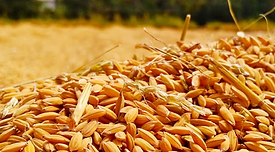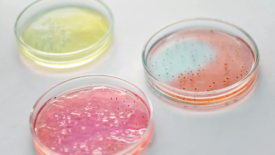Ready-to-eat
Evolving Food Safety Practices in Response to Growth in Fresh Prepared Foods
Shelf life and food safety have emerged as key decision factors for retailers when selecting producers of their fresh prepared foods products
June 19, 2024
Never miss the latest news and trends driving the food safety industry
eNewsletter | Website | eMagazine
JOIN TODAY!Copyright ©2025. All Rights Reserved BNP Media.
Design, CMS, Hosting & Web Development :: ePublishing











